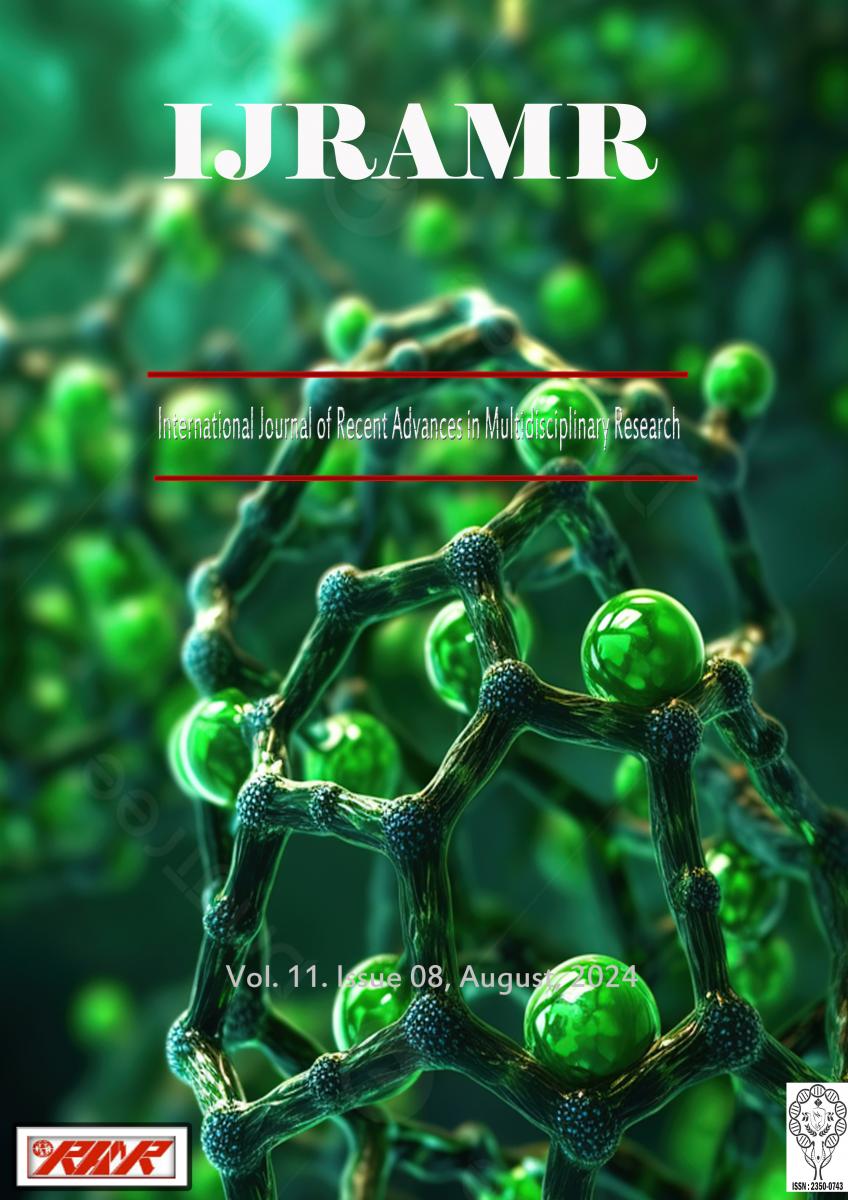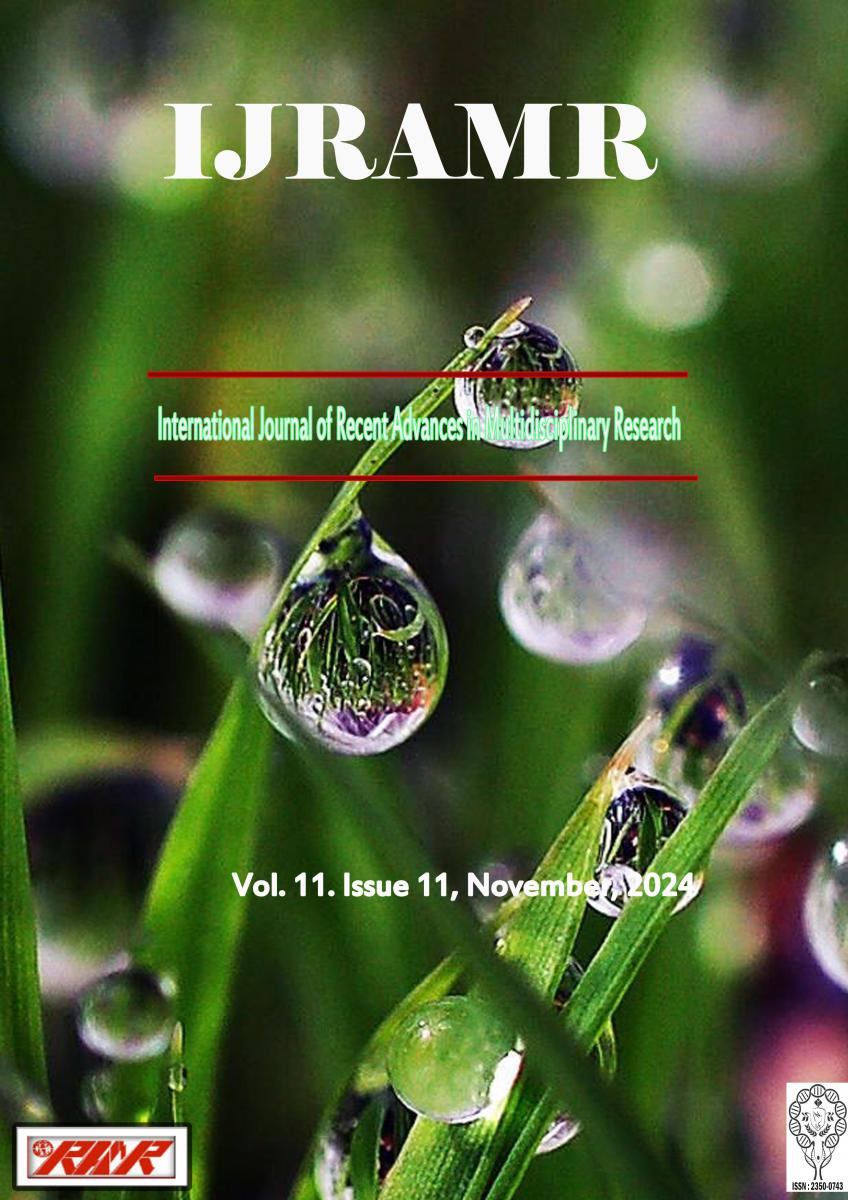Lima bean belongs to the family Fabaceae, subfamily Faboideae, genus Phaseolus and species Phaseolus lunatus. Lima beans or butter beans or sieva beans are some of the most common legumes that are consumed all over the world. The beans are actually the seeds of this plant, but their large size and dense nutrient profile make them an excellent sustenance crop. The larger varieties of these beans are typically lima beans, while smaller-seeded varieties are sieva beans, but they are actually the same species. Lima beans and fava beans (Vicia faba) have a somewhat similar appearance once they’re both shelled and dried. However, fava bean pods are typically bumpy while lima bean pods are smooth. Lima beans also tend to be starchier with a more mild flavor than fava beans, which some say have a cheese-like taste. Lima beans, also known as butter beans, are a type of legume that belongs to the same family as common beans, such as kidney beans and black beans. They are named after Lima, a city in Peru, where the beans were first discovered and cultivated. Lima beans are characterized by their flat, kidney-shaped seeds and come in both a green and a cream-colored variety. P. lunatus is a fast-growing herbaceous vine, attaining up to 6 m in length, that can become weedy in the wild. It can rapidly colonize degraded areas and secondary vegetation forming dense thickets which displace native vegetation. In addition, P. lunatus has deep rooting, drought tolerance, and wide environmental adaptation, which are traits that help it to colonize new habitats including degraded and infertile areas. It has been listed as invasive in Cuba, Puerto Rico, Fiji, Philippines, New Caledonia, and New Zealand. In this review article on Origin, Domestication, Taxonomy, Botanical Description, Genetics and Cytogenetics, Genetic Diversity, Breeding of Lima Bean are discussed.
Origin, distribution, taxonomy, botanical description, genetics and cytogenetics, genetic diversity and breeding of lima bean (phaseolus lunatus l.)
×
Error message
- Notice: Trying to access array offset on value of type int in element_children() (line 6591 of /home1/acadeppv/public_html/ijramr.com/includes/common.inc).
- Notice: Trying to access array offset on value of type int in element_children() (line 6591 of /home1/acadeppv/public_html/ijramr.com/includes/common.inc).
- Notice: Trying to access array offset on value of type int in element_children() (line 6591 of /home1/acadeppv/public_html/ijramr.com/includes/common.inc).
- Notice: Trying to access array offset on value of type int in element_children() (line 6591 of /home1/acadeppv/public_html/ijramr.com/includes/common.inc).
- Notice: Trying to access array offset on value of type int in element_children() (line 6591 of /home1/acadeppv/public_html/ijramr.com/includes/common.inc).
- Notice: Trying to access array offset on value of type int in element_children() (line 6591 of /home1/acadeppv/public_html/ijramr.com/includes/common.inc).
- Notice: Trying to access array offset on value of type int in element_children() (line 6591 of /home1/acadeppv/public_html/ijramr.com/includes/common.inc).
- Notice: Trying to access array offset on value of type int in element_children() (line 6591 of /home1/acadeppv/public_html/ijramr.com/includes/common.inc).
- Notice: Trying to access array offset on value of type int in element_children() (line 6591 of /home1/acadeppv/public_html/ijramr.com/includes/common.inc).
- Notice: Trying to access array offset on value of type int in element_children() (line 6591 of /home1/acadeppv/public_html/ijramr.com/includes/common.inc).
- Notice: Trying to access array offset on value of type int in element_children() (line 6591 of /home1/acadeppv/public_html/ijramr.com/includes/common.inc).
- Notice: Trying to access array offset on value of type int in element_children() (line 6591 of /home1/acadeppv/public_html/ijramr.com/includes/common.inc).
- Notice: Trying to access array offset on value of type int in element_children() (line 6591 of /home1/acadeppv/public_html/ijramr.com/includes/common.inc).
- Notice: Trying to access array offset on value of type int in element_children() (line 6591 of /home1/acadeppv/public_html/ijramr.com/includes/common.inc).
- Deprecated function: implode(): Passing glue string after array is deprecated. Swap the parameters in drupal_get_feeds() (line 394 of /home1/acadeppv/public_html/ijramr.com/includes/common.inc).
- Deprecated function: The each() function is deprecated. This message will be suppressed on further calls in _menu_load_objects() (line 579 of /home1/acadeppv/public_html/ijramr.com/includes/menu.inc).
Paper No:
5306






